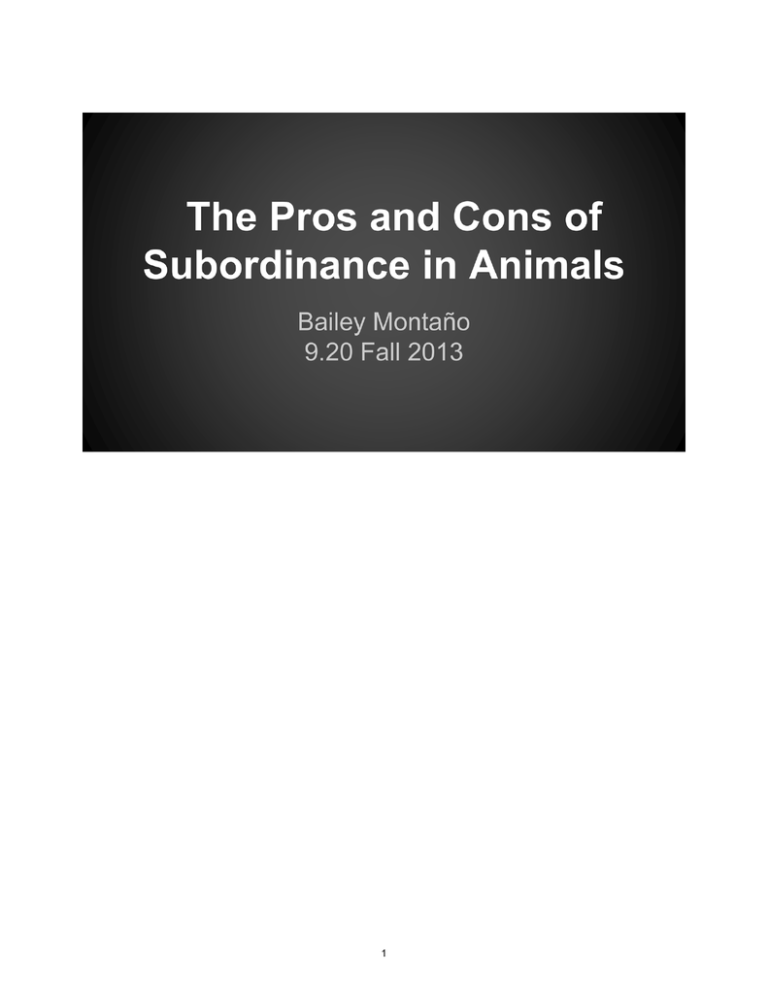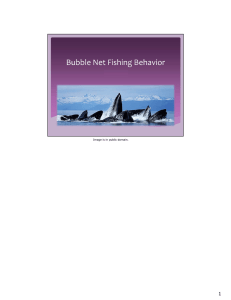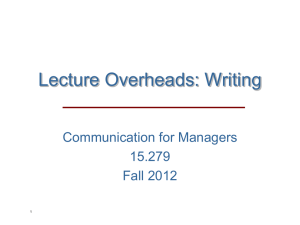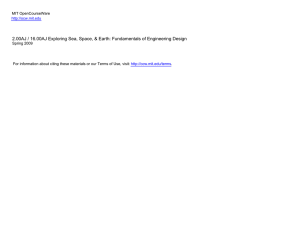1
advertisement

1 Courtesy of Webmink on Flickr. License CC BY-NC-SA. 2 3 Note how dominance can become a repeating cycle 4 So it seems like subordinates don’t have anything going for them... Why don’t they leave? Because a subordinate is less likely to survive on their own, and also very unlikely to be high-ranking an another group 5 Courtesy of Ivan Teage on Flickr. License CC BY-NC-SA. This structure benefits the species - better genes are passed on. However, dominance is never perfect, and other individuals want to pass on their genes too, so that’s why the disparity is created. Animals must find clever ways to mate while avoiding the dominant male/female in controlling species. High levels of glucocorticoids (stress hormones) and testosterone decrease fitness because they have an immunosuppressive effect In hens, less conflicts happen due to the established pecking order. Because of this, more resources can be dedicated to egg-laying. Less conflicts also means less stress and injuries, so the probability of healthy offspring is higher. 7 Courtesy of Stefan Berndtsson on Flickr. License CC BY. In general, you should always define abbreviations the first time you use them. The alpha position is only good for short periods of time - eventually age, stress, and high energy expenditure catch up and a replacement is brought in. Kind of surprising that you get the position because of physical superiority, and then lose it because of the high demands. 8 Courtesy of Jim Bowen on FLickr. License CC BY. Taking a cut on stress has a much bigger effect on increasing fitness than increasing the number of mating opportunities Is this always true? How much evidence is there that it is true? 9 I couldn’t find much on how subordinates overcome nutritional disadvantages. 10 11 Courtesy of Jon Dunbar on Flickr. License CC BY-NC-SA. 12 20% Relevance to class: Cite specific ideas or principles of ethology and sociobiology . Relevance is clear. Discussion centered on fitness issues (sociobiology) . 20% Sources: search effort, reading effort, adequacy for the report and accuracy of . . understanding Extensive enough in the time available. Fairly good understanding. . 20% Organization of ideas with helpful use of headings; clarity of descriptions . Organization made the coverage clear. Helpful to audience. . 20% Examples used to explain the topic clearly and effectively; interest shown by student .and generated in audience . Insertion of examples after making a general point was very good. . 20% Critique of studies read and future directions (your ideas about relevant work you think . . . should be done if you were working in this field). Your ideas are good. I am surprised you did not find more on conflict in middle ranks, etc. We mentioned this in class when discussing jackdaws. However, the basic point is probably correct. Other suggestions about work in this field could be made. Also, some critique of studies. 13 MIT OpenCourseWare http://ocw.mit.edu 9.20 Animal Behaviour Fall 2013 For information about citing these materials or our Terms of Use, visit: http://ocw.mit.edu/terms.








